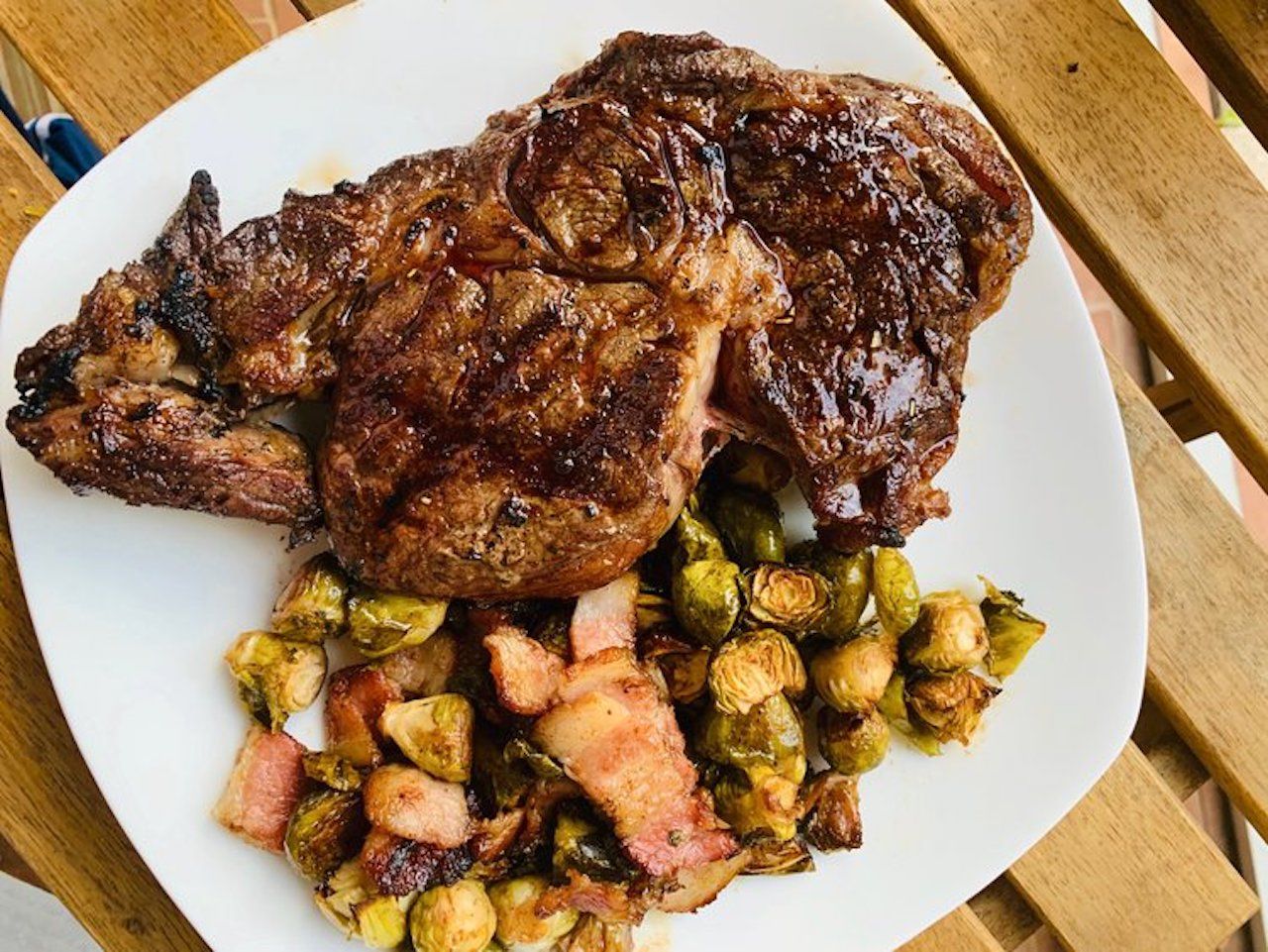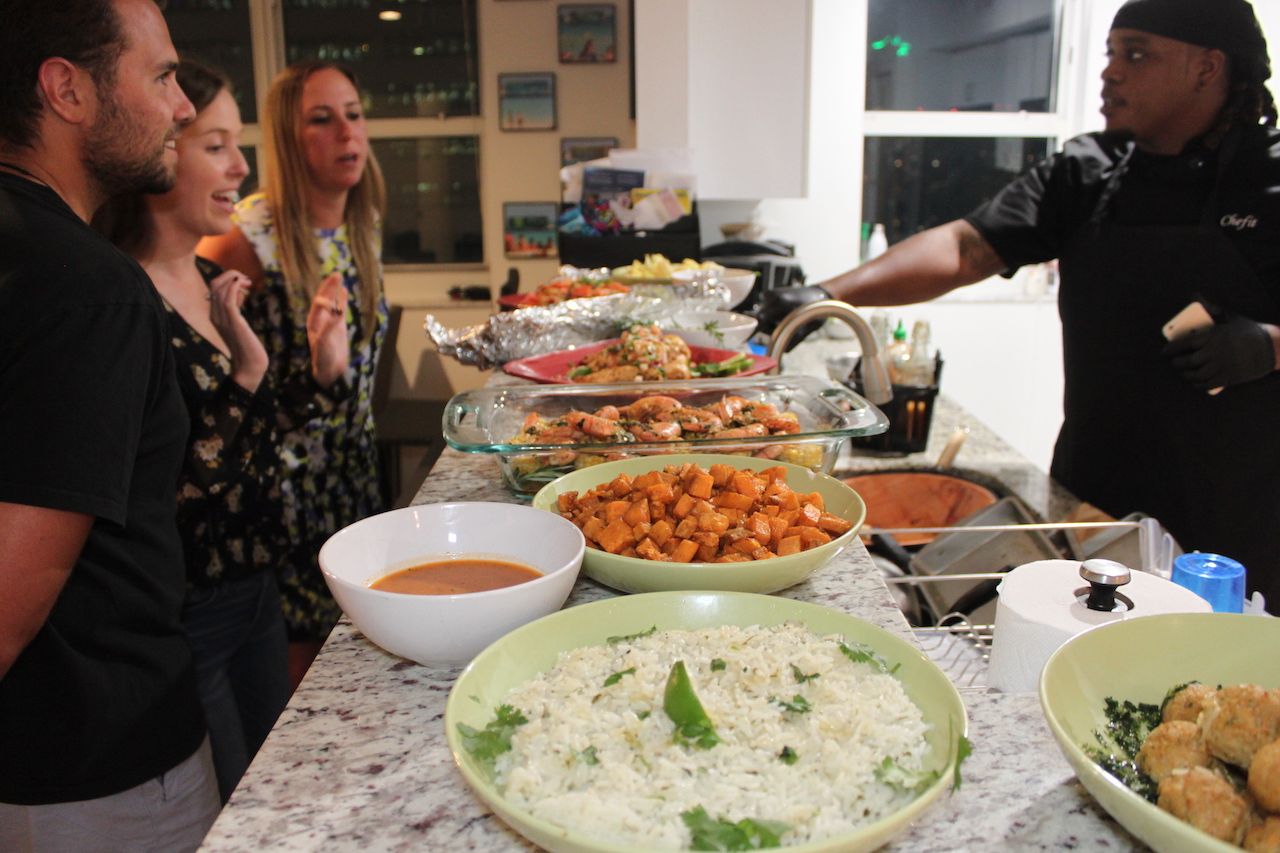The restaurant world is caught in a difficult contradiction.
On the one hand, the restaurant-going public is getting a little weary of places where a lunch of chicken salad and Diet Coke somehow comes out to $45.
On the other hand, restaurants are finding it impossible to retain kitchen staff, who in many cities make between $10-$15 an hour, working 12-14 hour days.



